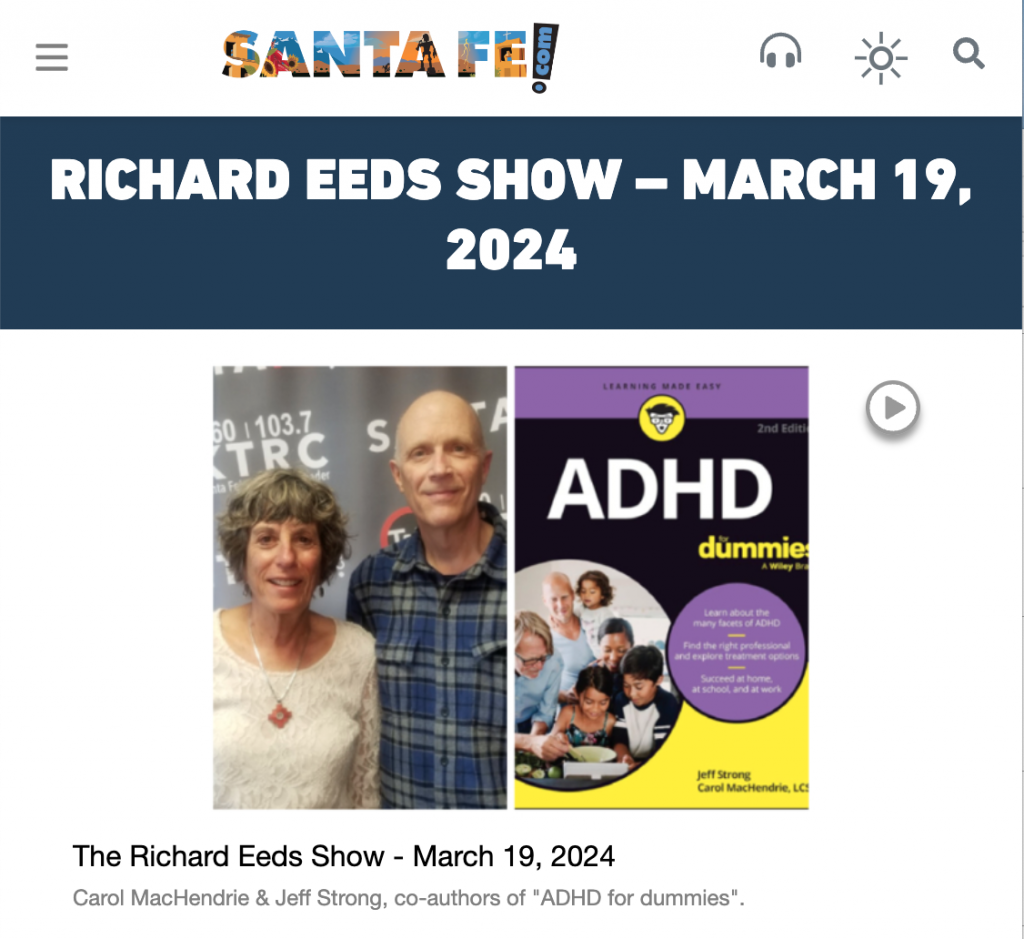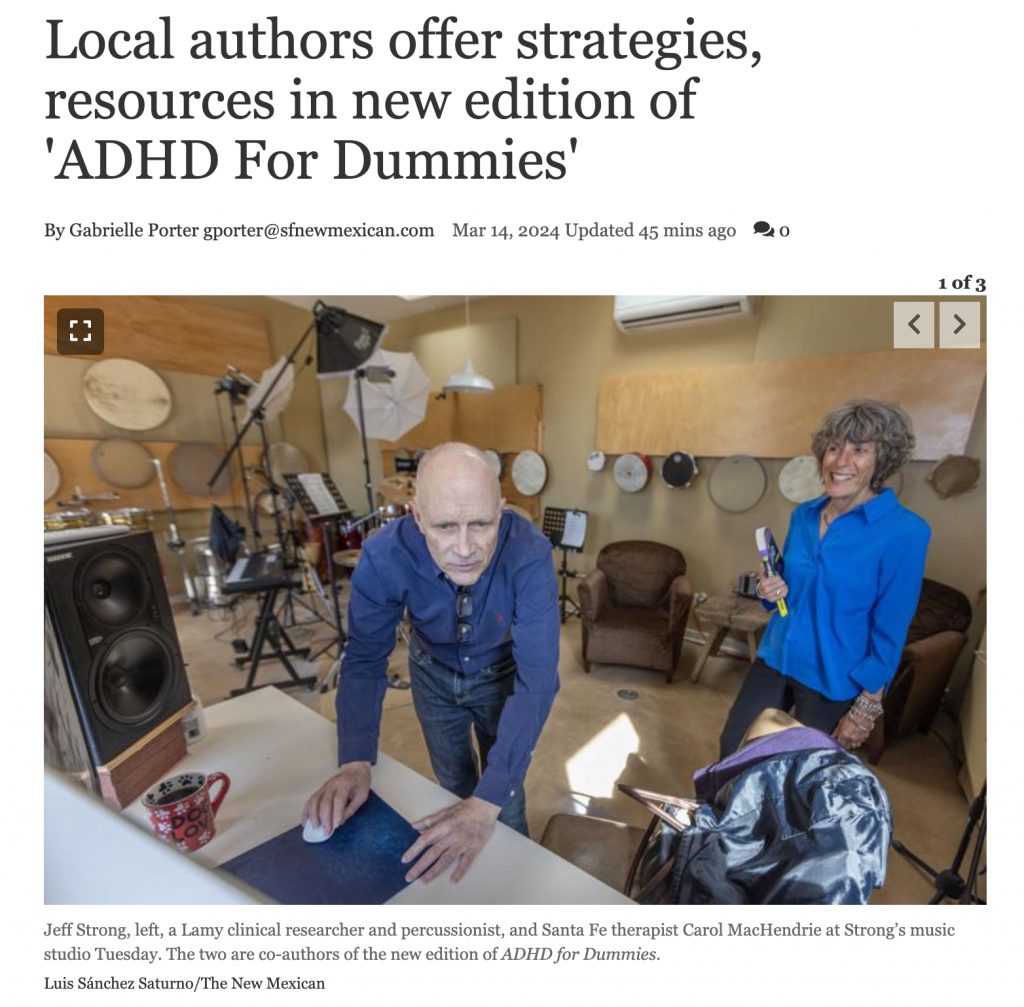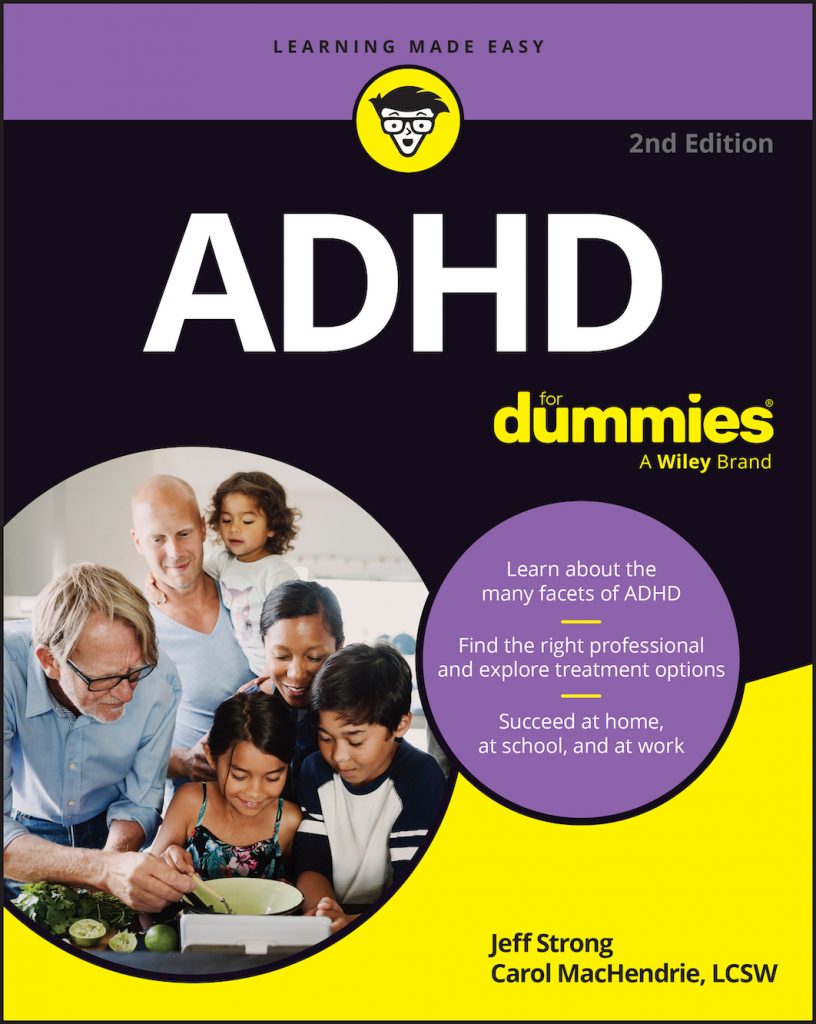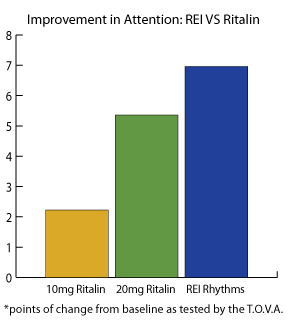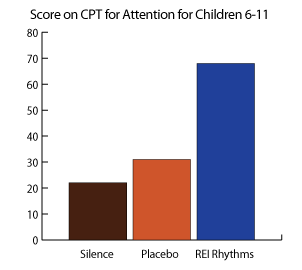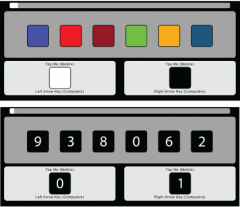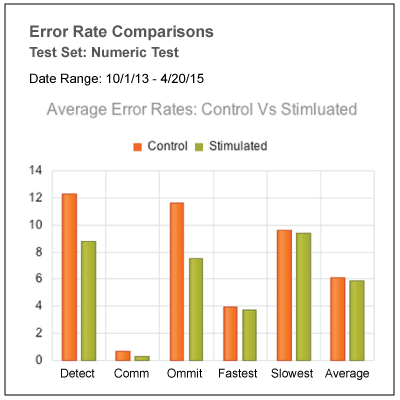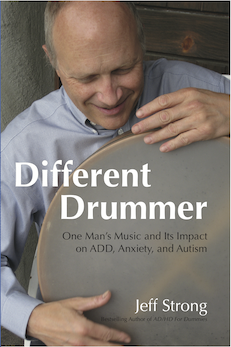In this newsletter, I share a case example of one client in the autism spectrum, a 35 year-old male with autism whose main issues were aggressive behavior and anxiety. This example is part of a larger study on adults with autism conducted at a group home setting. You can read the entire study here.
Subject 4: Carl. – Male, age 35.
According to records, Carl had lived in a group home since he was 14 years old. He was placed there due to his family being unable to care for him and to manage his anxiety and aggressive outbursts. This facility was his fifth group home and, due to his volatile behavior, the director reported that she was concerned that he wouldn’t be able to remain in this facility.
The director described that he was responsible for 3-4 violent outbursts each week that resulted in someone begin injured. These were not so seriously as to put anyone in the hospital but significant enough that these incidents needed to be reported to the state agency responsible for the facility’s license. As of the beginning of the REI Study, the facility was under pressure to reduce his aggression or find him a different home that could better manage his behavior. His aggression often manifested when he was directed to perform an activity that he didn’t want to do such as clean up after a horse.
Due to this non-compliance and behavioral reaction, Carl was not involved in many of the day-to-day activities that many of the other residents enjoyed. The staff reported that he did enjoy riding and brushing the horses, but they didn’t allow him to do these activities often due to his tendency to spontaneously hit the horse with a closed fist.
The staff reported that, aside from these aggressive behaviors, Carl’s anxiety also manifested in the form of self-stimulatory vocalizations and sleeplessness. The vocalizations were often threatening. Although he could speak clearly with excellent grammar and vocabulary, he only talked in this aggressive manner.
When I was first introduced to Carl, he went into great detail how he was going to hurt me – punch me in the face, kick me in the groin, elbow me in the chest, for example – if I crossed him. He related this to me at a high volume without making eye contact. By my observation, he didn’t seem like he really intend to do these things because he had the characteristic monotone, lack of eye contact and overall flat affect that characterizes many with autism. He also lacked the usual intensity that typically precedes such an attack. None-the-less, given his history of unprovoked aggression, I was careful not to get too close or to provoke him in any way. I did, however sit down and pick up my drum, which he regarded curiously, and play, which prompted him to sit next to me and touch the drum’s shell. He held onto it as I played with his ear cocked toward the sound. His gaze was unfocused and at no point did he actually look at me.
I played calming type rhythms (at the characteristic REI 8-beats-per-second pace) for a few minutes while he held the drum and quietly sat next to me. After approximately 4 minutes I began a series of more intense rhythms to see if his behavior would change (this is a common approach used by traditional practitioners to invoke a response in a listener and to gauge their level of engagement in the rhythms). Within less than 30 seconds, Carl grabbed the hardware lugs that tension the drum and tried to pull the drum from my lap. Because I have become accustomed to anticipate a reaction of this sort (I’d lost hold of the drum many times before), I pulled back and just barely managed to hang on.
After a short struggle he let go of the drum and leaned back from it, though he stayed in his chair. I began playing it again using the rhythms I started with. He settled down in his chair while I continued playing for another 10 minutes or so. I was careful to not play rhythms that tend to provoke and he noticeably calmed during this time. When I stopped playing, he continued sitting quietly until I left the room.
The staff later reported that Carl remained calm for the rest of the afternoon, until dinnertime when he got into a scuffle with another resident (Subject 3: Billy) over food. Separating Carl and Billy during dinner diffused this incident. The staff noted that an altercation at dinnertime wasn’t unusual and that Carl was obsessive about food, taking as much as he could and eating fast and messily.
One of the other issues that the director related to me with Carl was that he had difficulty sleeping – both with falling asleep and with waking at night. She reported that if not supervised, he would sometimes attempt to leave the facility at night. He liked to wander around outside. On several occasions he was observed walking off the facility grounds and wandering onto neighboring properties. In one case he entered a neighbor’s house. Fortunately, the neighbors knew and recognized him and called the facility director to retrieve him. In order to avert an incident of this sort again, there was a staff member positioned within eyesight of his door throughout the night.
Results after listening to the REI recording
After four weeks of Carl listening to his REI recording once day, met I him in the corral where he was quietly brushing a horse. He had no reaction to me when I approached him – a much different experience for me than the first time I met him, He was clearly calm and focused on rhythmically brushing the horse.
I said hello to him and asked if he remembered me. He responded that I was “that guy with the funny drum” (the drum I use is very usual and shaped unlike any other drum, so this observation intrigued me. Of course it could mean that any drum was funny to him, or my playing was funny, or that he was observant enough to see the drum was different – this would mean he had some previous knowledge of drums and their common shapes. I didn’t explore this with him). I asked if he liked the drumming, to which he simply said, “yeah”. I asked if I could play for him again. His response was, again, simply, “yeah.”
I found a log to sit on about 20 feet away outside of the corral to play and began beating a calming rhythm for him. I noted no discernable response as he continued to brush the horse. After a while I began playing a regular rhythm that employed a steady accented pulse (this rhythm was a traditional Brazilian Samba rhythm with 16th notes playing two quiet notes and two accented notes, with the second accented note louder than the first every-other time through this pattern, making the loud accent occur once every second. This rhythm created a pulsing, forward-moving feel. This rhythm is different from a traditional Samba, however, because every other time through the pattern I cut the rhythm short by two notes, changing the time signature into 7/8, giving the entire rhythm pattern a 15/8 time signature). After a few minutes I noticed that he was brushing the horse to the rhythm, with his stroke following the louder of the accented notes.
I changed rhythms to something more typical of an REI rhythm (more complex and variable) and noticed that his brushing strokes slowly reduce in speed. I stopped playing at approximately 15 minutes, packed up my drum and left. He was still brushing the horse and made no notice of my departure. The staff reported that this was the longest amount of time he’d brushed a horse. They reported that he seemed content to do this. He offered some minor resistance when asked to stop this activity, though didn’t put up a struggle or react aggressively.
The director reported to me with some enthusiasm that they had noted no aggressive incidents from Carl since the first week of his listening to the REI recording. She related that he was much calmer and compliant overall. The staff described that he was more engaged in activities, especially those involving the horses. He hadn’t hit one since beginning listening to the REI recording. He also was more responsive to direction and would stop his vocal stimming when asked. He was still repeating phrases but they were less aggressive in nature.
The staff reported that mealtime was much calmer and noted that his eating had slowed down and he hadn’t gotten into any struggles with other residents over food.
As I instructed, the staff played the recording at bedtime. They noted that he often asked for the recording before going to bed. The tracking notes indicated that he fell asleep much quicker by the second night and was usually asleep by the time the REI recording ended (approximately 20 minutes). The staff noted that he had been sleeping well and hadn’t been observed getting up since then and hadn’t wandered at night. His tendency to wander was still apparent, though, as he did this during the day but he stayed within boundaries of the facility.
The staff also noted that Carl was beginning to engage in conversational speech when prompted. Contrary to what I experienced in my interaction with him at the corral, the staff reported that he was often able to respond with 2-3 sentences to the staff’s questions and directions. He rarely initiated conversations.
After twelve weeks, the facility still reported no incidents of aggression and noted that he was much less aggressive than he was before beginning the study. They described that he was still sleeping well and continuing to show improvements in compliance and listening ability. The director related that mealtimes had become a relaxed time since starting REI and they found that playing a calming REI recording (a precursor to REI Calming Rhythms) reduced anxieties during what used to be a stressful time at bay.
The staff also reported at this twelve-week check-in that Carl’s self-stimulatory vocalizations had decreased significantly. On the occasion that he did engage in these vocalizations, they were no longer aggressive and he would stop when asked. The staff reported that he began initiating conversation with others. This was evidenced by him approaching me and saying, “You’re the drummer guy. Where is your drum?” to me when I arrived for this visit. I answered that I didn’t bring my drum this time and would he like it if I brought it next time. He said, simply “Yeah”.
After 6 months the facility director reported that Carl continued to listen to his REI recording every day and requested it when the staff forgot to turn it on. He still hadn’t exhibited any aggressive behavior since the first week of beginning REI. Tracking notes indicated that he was still sleeping well and hadn’t gotten up in the night. The staff reported that he was much more pleasant to be around and continued to enjoy his horse-relate activities without incident.
Click here for more information on the REI Custom Program
Listen to personalized music for your brain at https://brainstimaudio.com
